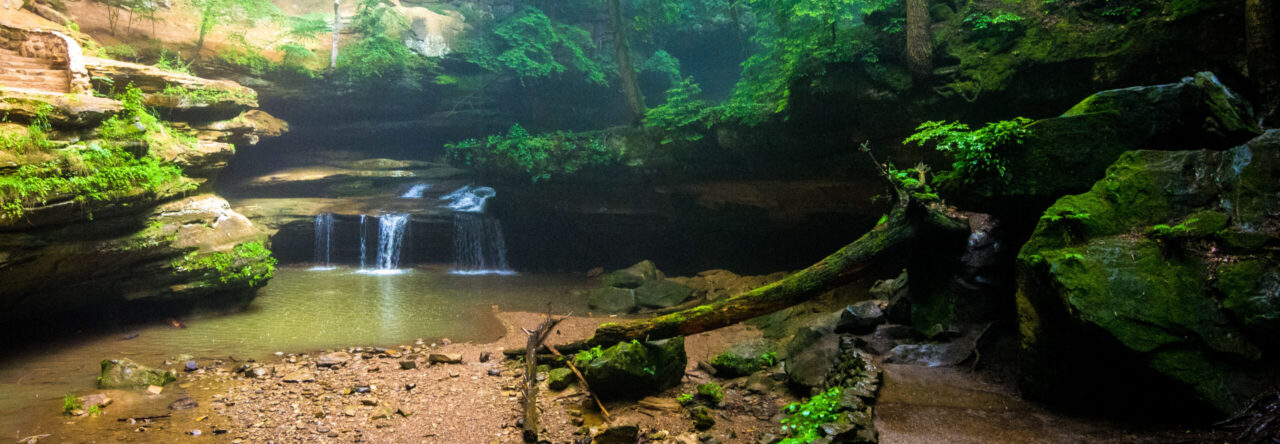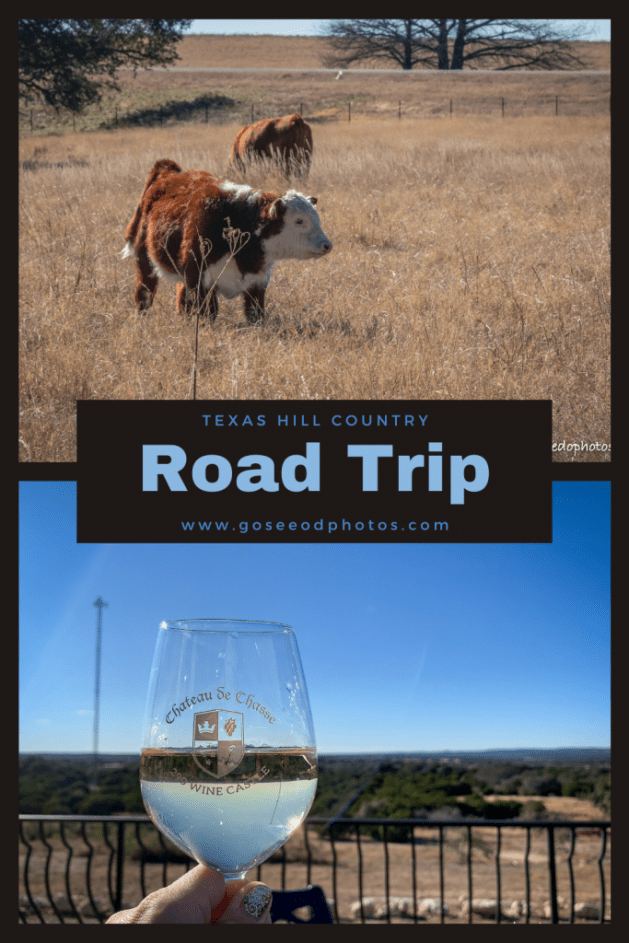2022 was once again an amazing travel year for us! We spent two weeks on cruise ships, many hours in airports, and saw many amazing things! We went both the farthest south and north that I have ever been and crossed off three more National Parks. This year travel felt like it was getting back to normal.
Unlike in years past, our first travels of the year didn’t come until the end of the first quarter with our port-a-day Southern Caribbean cruise on the Explorer of the Seas. We visited some of my favorite ports of any cruise we’ve taken and I have been watching flights to St. Maarten, St. Lucia (top), and Puerto Rico since we returned (we are actually heading back to Puerto Rico in the not-too-distant future). We got to snorkel in the pristine waters of Virgin Islands National Park and explore the oldest fort in the United States (bottom).
Almost exactly two months after returning home, we got on another plane and headed to the Pacific Northwest. We explored Vancouver, which I have been dying to see for over ten years. From there we boarded another ship and headed north to four ports in Alaska. We got to see a glacier, bears, raptors, and whales, and ride a dog sled. It was an amazing trip but I feel like we barely scratched the surface of Alaska and I can’t wait to return and explore it some more.
After getting off the ship, we took a bus back to Washington where we spent a week exploring all of the unique ecosystems of Olympic National Park. From the mountains of Hurricane Ridge to the Hoh Rainforest and more green than the brain can process, it was a week of exploring the outdoors. My favorite part would have to be Rialto Beach and the crazy rock formations coming out of the water. It was otherworldly.
One thing that ties our travels together this year is rainforests. We hiked in El Yunque in Puerto Rico and drove through the rainforest in St. Lucia and St. Kitts. We explored the temperate rainforest at Capilano Suspension Bridge in Vancouver and visited bears in the rainforest of Sitka. We hiked through the fascinating Hoh Rainforest in Olympic National Park (right). Near-constant rain and lush greenery seems to be the common denominator of 2022’s travels.
Of course, we took the camper out after returning from the PNW and spent some time at some new campgrounds and some old favorites (those stories coming in the next few weeks). The highlight of the summer in Michigan would have to be kayaking Pictured Rocks. That is something I have wanted to do since my first visit to the National Lakeshore and it was an amazing experience that I recommend to anyone!
Since the summer, we have been pretty much at home, but more travels are coming soon! You will have to stay tuned to the blog to see what 2023 has in store for us! If all goes to plan it should be another amazing year of exploring this beautiful world!
Thanks for stopping by! To read more about this trip check out my Planes, Buses, and Boats Trip Report. To read about some of our previous trips, visit my Trips Page. If you like my photos be sure to “like” my Facebook Page and follow me on Instagram! You can purchase prints on Fine Art America. To see inside my camera bag, check out my updated Gear Page.




































